Robert Hounam, Dippie Dixon and 'The Valley Remembers'
Tuesday, 7 June 2022
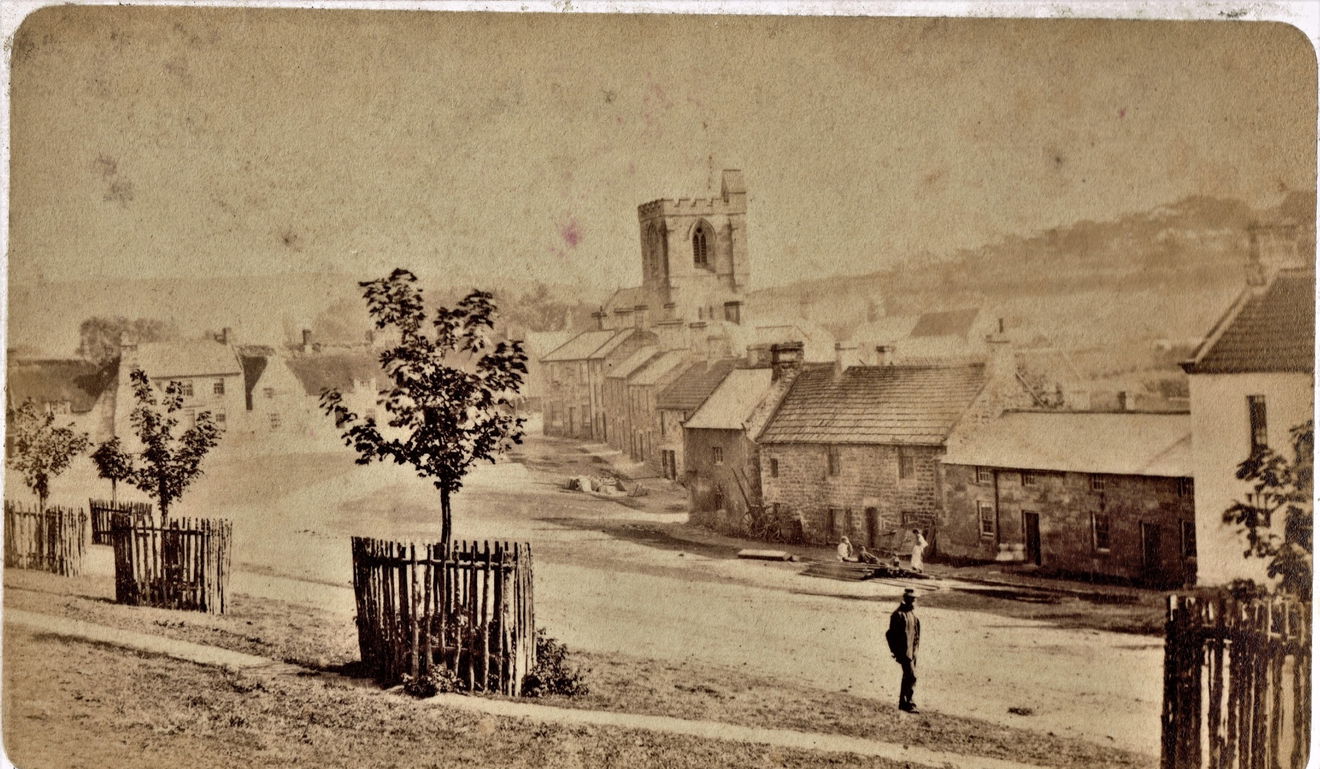
Four years after being planted, our Chestnut sapling was gaining height and girth, with some roots now growing towards Coquetdale House. This building, now the Vale Café and the Co-op, was where William Dixon opened his second drapery and grocery shop (the first being in Whittingham). He called it Dixon and Sons, one son being David Dippie Dixon. Dippie, of course, was a great writer, and researcher, who went on to author the wonderful histories of Coquetdale and Whittingham. After marrying Mary Hindhaugh in 1869, Dippie and his brother John, oversaw the shop, and they called it Dixon Brothers. Besides drapery, the shop was now also a tea dealer, stationer, bookseller and newsagent. A year later, Mary and Dippie had their only child, William.
When our tree was about 12, and William 15, Robert Hounam was born.
Robert was one of John and Ada Hounam's six sons. There was also a daughter, affectionately known as Dossie. The family lived at Prospect House in Rothbury. Still a young tree, our chestnut would have watched the young Robert as he took on an apprenticeship at Dixon Brothers, having previously been a servant at Star House, an Inn, (now holiday accommodation). I expect William and John would have taught Robert all he needed to know to become a draper, and he worked for them during the five years of his apprenticeship. In 1910, however, the store suffered great financial difficulties, and the following year it was handed over to the auditors.
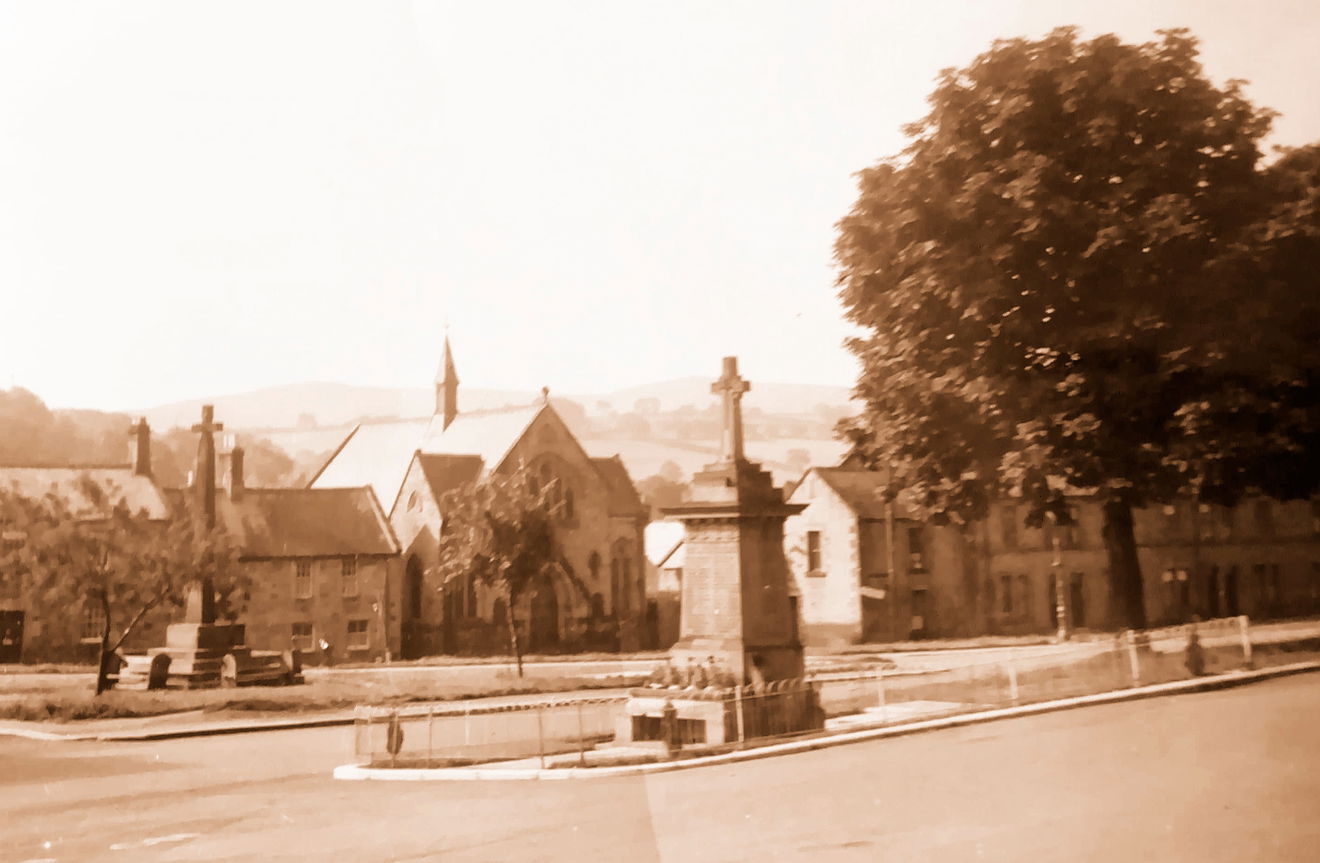
William Dixon also made a new life for himself in Australia, his future turning out a lot differently from Robert's, who our story continues with. Arriving on the ship 'Suevic' (White Star Line) Robert soon met, married, and set up home with Phoebe Tallack, and they had a daughter, Joan. Robert's new life, however, was to change tragically as WW1 began in July 1914.
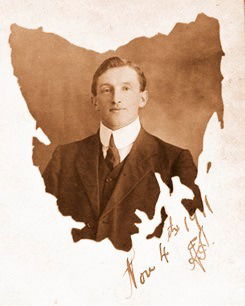
The war raged on; Phoebe signed up for the Red Cross, and Robert enlisted in September 1915. He was made sergeant within a year, and, I am saddened to report, he was one of many 1000s of Australian soldiers who died in the Battle of the Somme. There is a plaque in the town of Poziere which states: “Australian troops fell more thickly on this ridge than on any other battlefield of the war." An Australian soldier, Jack Bourke, spoke for many: “Why go to war with one another? With these men we have no quarrel. This struggle may teach us something about history”. I'm not sure if Jack was correct.
Back in Rothbury, Dossie Hounam, like Phoebe, had also joined the Red Cross. Dossie kept the precious letters sent to her from her brothers, all active in the war.
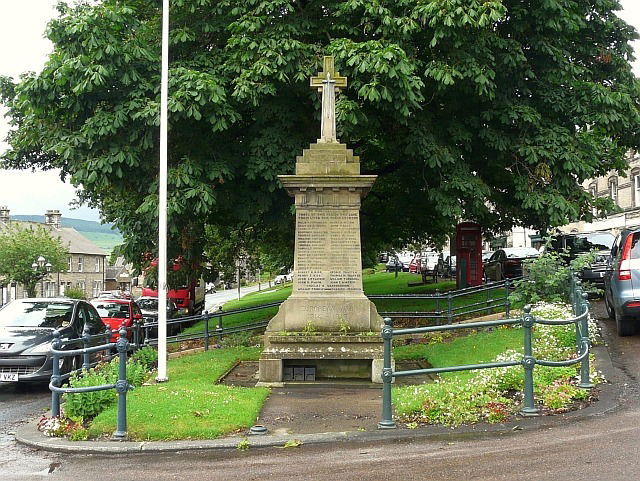
Robert's body is buried in the Military Cemetery in Flers, France. His name is remembered here in Rothbury, forever, as it is engraved on Rothbury's memorial to the war dead. This is not the only memorial for him.
In 1921, as our Chestnut tree watched the erection of the Rothbury War Memorial, it may well have wondered what the humans were commemorating? Maybe it would share Jack's incredulity of young men senselessly crossing the planet to fight and kill and be killed. Or perhaps, hearing the words of Lord Armstrong, exhorting the young men of Coquetdale to enlist, and not be 'cowards', it felt differently?
There is another Horse Chestnut tree which may well look on with love and sadness at Robert's name, on another memorial, far away. This tree was planted in Burnie, Tasmania. It grows by the side of a blue granite obelisk - a monument to the memory of the local soldiers who died in action during WW1. The Burnie monument was created in 1923, from an unusual rock quarried locally. The Rothbury monument similarly is made with local stone from our Denwick Quarry.
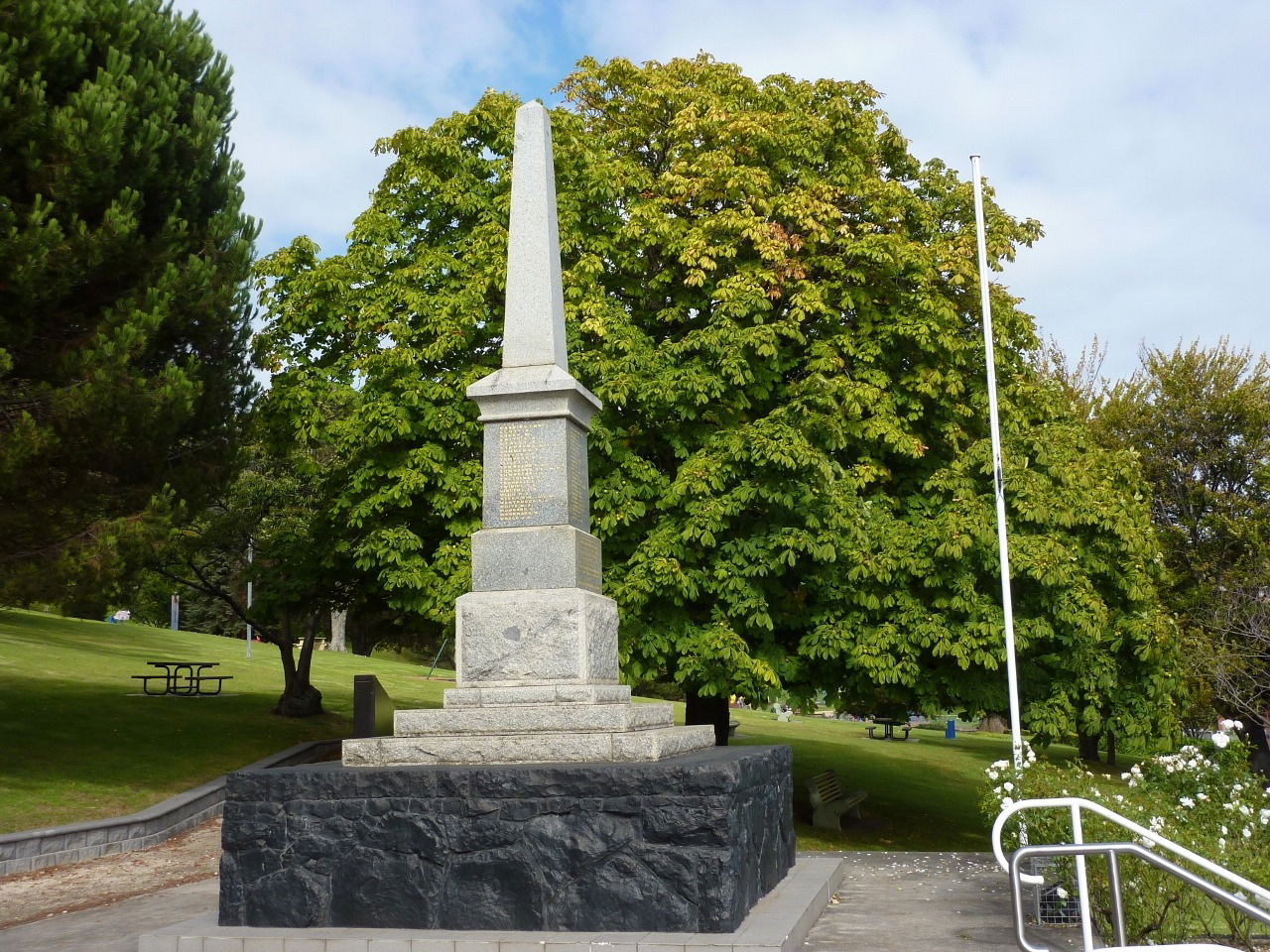
Two spectacular horse chestnuts protect and care for the memory of a young Rothbury man, who died long before he should have done. As did so many others. Today our Rothbury Chestnut is probably half way through its life. I think we can agree that the Rector's plans to beautify the town was successful. This stunning tree is, thankfully, healthy, and shows no signs of the bleeding canker, or horse chestnut leaf miner moth which are threatening other chestnuts throughout the land. I hope the next 150 years of its life are peaceful.
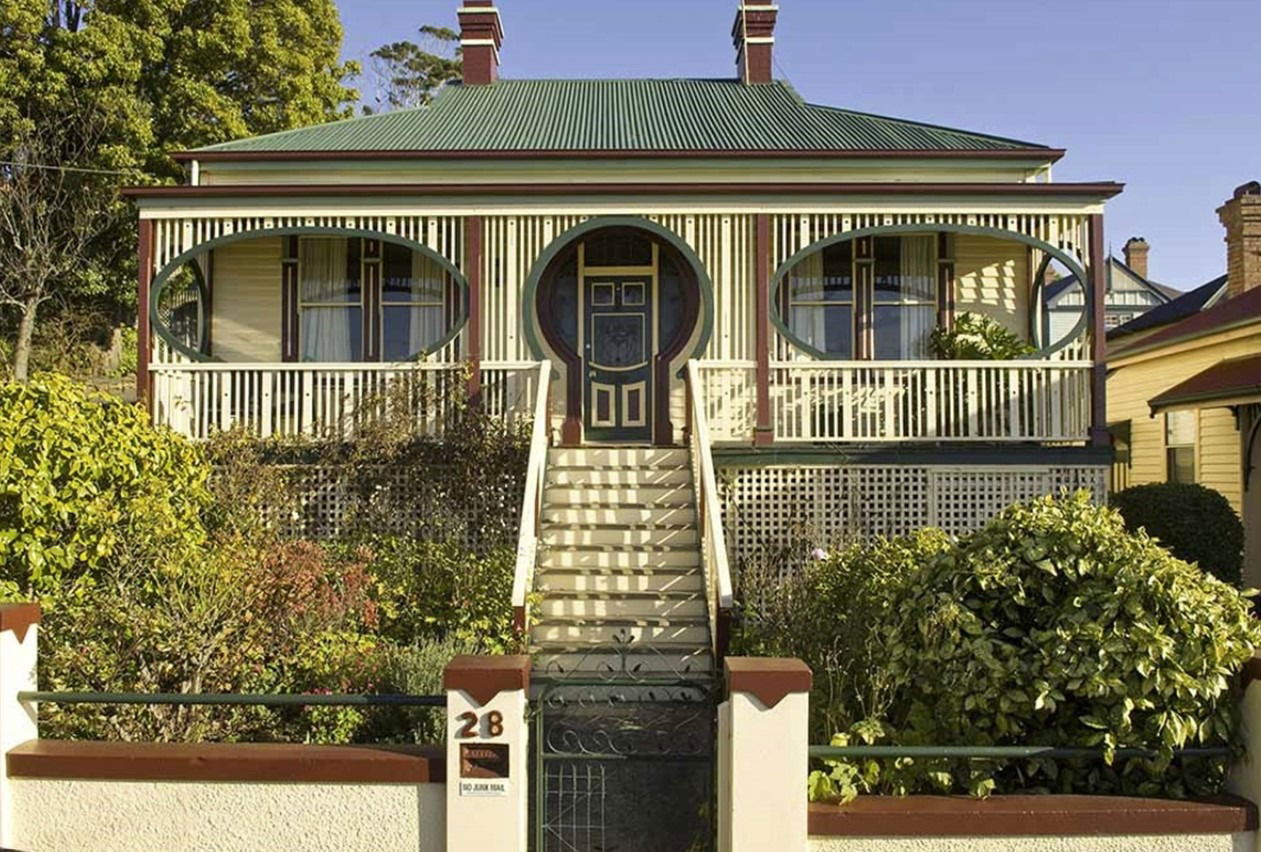
Afterwards
It was thought that neither William Dixon nor Robert Hounam returned to Rothbury - I have since discovered that this is not the case with Robert Hounam. It was so delightful to be contacted by family members of Sgt Hounam and to be able to put these people in touch with one another was a great pleasure.
This is 'Mrs Philpotts' which is now a B&B in Burnie. The house was designed by the grandfather of Robert's daughter, Joan. Joan married Harry Philpott, and this is where they lived. Mrs Philpotts, Tasmania
Many thanks to all the people who helped me with the research and photographs for this blog. All errors are my own.
